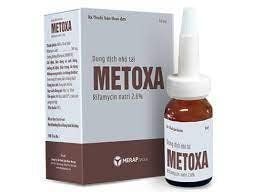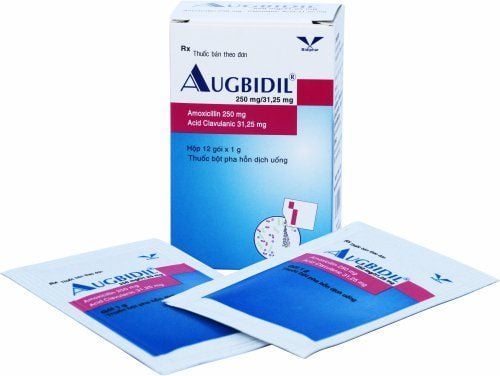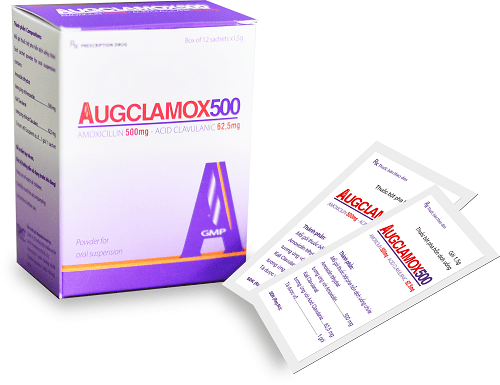This is an automatically translated article.
What is Candibiotic? Candibiotic drugs belong to the group of drugs used to treat the eyes, ears, nose and throat. The drug has the main ingredients: Chloramphenicol, Beclometason dipropionate, Clotrimazole, Lidocaine HCl. What are the uses of Candibiotics?
1. Uses of Candibiotics
Each ingredient in Candibiotic has its own use. When combining these active ingredients together, it will help the drug to be highly effective in the treatment of otitis media, ear allergies, fungal infections of the middle and outer ear or mastoid surgery ... due to many causes such as fungus, bacteria. Specifically:
Chloramphenicol is an antibiotic with a broad antibacterial spectrum including Gr(+), Gr(-), and highly effective against anaerobic bacteria. The mechanism of action is inhibition of protein biosynthesis of bacterial cell membranes. Beclometasone has strong local anti-inflammatory properties, few side effects, and minimal systemic side effects. Clotrimazole is an antifungal drug with a strong and specific inhibitory effect on fungal esgosterol synthesis, leading to membrane dysfunction and inhibiting fungal growth and killing. More effective, safer than other Imidazoles. Lidocaine is a local anesthetic, causing loss of pain sensation at the contact site, fast acting, strong, the duration of action lasts at least 6 hours. The anesthetic effect is completely reversible.
2. Dosage and usage of Candibiotic
To help the patient use the medicine properly, here are the instructions for using Candibiotic:
First, the patient needs to remove the metal cap of the medicine bottle. Place the dropper on the top of the bottle and turn it clockwise. Instill in the affected ear Place the dropper back into the medicine bottle. Dosage of Candibiotic drug is 4-5 drops / time x 3-4 times / day. To date, no case of overdose due to Candibiotic has been reported. However, in order for the drug to achieve the highest therapeutic effect as well as reduce side effects, patients need to comply with the instructions on the dose of the doctor.
3. Candibiotic side effects
Before prescribing medicine, doctors always consider the benefits and effects that Candibiotic brings. However, when using the drug, patients may still experience unwanted effects such as local irritation such as itching or burning.
When these symptoms appear, the patient should notify the doctor to receive advice and timely treatment.
4. Drug interactions
Concomitant use of cimetidine in patients receiving lidocaine may lead to increased plasma concentrations of lidocaine and increased toxicity. Propanolol reduces lidocaine clearance. Chloramphenicol should not be used concomitantly with antibiotics (penicillin, cephalosporins, gentamicin, tetracycline, polymixin B, vancomycin, sulfadiazine) because these drugs reduce the antibacterial action of Chloramphenicol. Caution should be exercised when chloramphenicol is co-administered with drugs causing adverse effects on the hematopoietic system or with sulfonylureas, coumarin derivatives, hydantoin and methotrexate.
5. Safe drug use
According to experts, Candibiotic can be used safely by people who often operate machinery and drive vehicles. Pregnant and lactating women should take the drug only when absolutely necessary and always consult a doctor.
Please dial HOTLINE for more information or register for an appointment HERE. Download MyVinmec app to make appointments faster and to manage your bookings easily.













